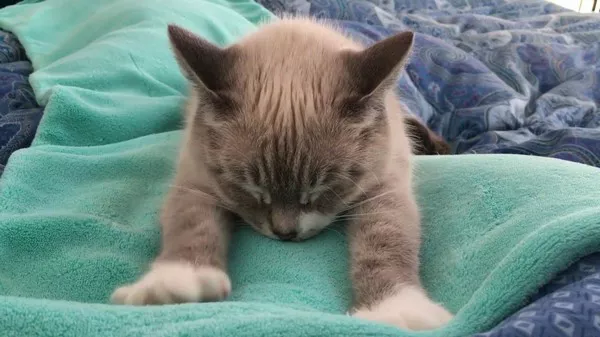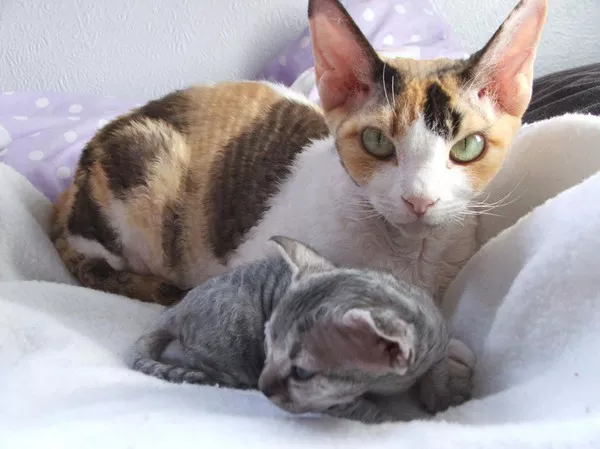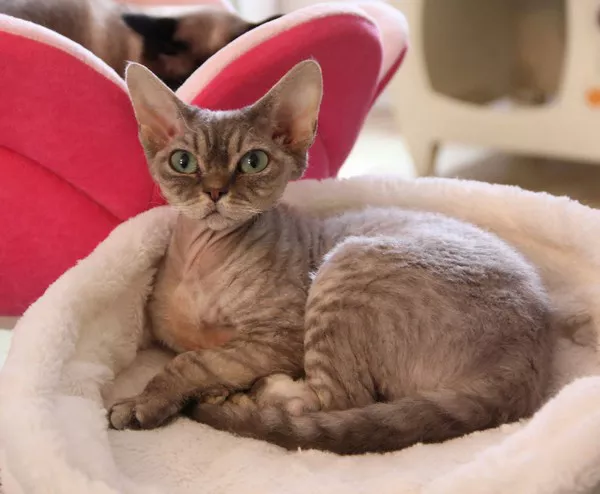The sight of an abandoned kitten tugs at the heartstrings of animal lovers everywhere. Whether found alone on the streets or left behind by their mother, abandoned kittens are vulnerable and in need of immediate care and nourishment. Providing the right diet is essential for their health and well-being, but knowing what to feed them can be a daunting task. In this article, we’ll explore the best practices for feeding abandoned kittens, from understanding their nutritional needs to selecting the appropriate food and ensuring a smooth transition to solid foods.
Understanding the Nutritional Needs of Abandoned Kittens
Like all newborn mammals, abandoned kittens require a diet that provides essential nutrients for growth, development, and overall health. During the first few weeks of life, kittens rely entirely on their mother’s milk for nourishment, as it contains a perfect balance of proteins, fats, vitamins, and minerals tailored to their needs.
However, if a kitten is orphaned or separated from its mother, providing a suitable alternative to mother’s milk becomes imperative. Commercial kitten milk replacers (KMR) are specially formulated to mimic the composition of mother’s milk and provide essential nutrients for orphaned or abandoned kittens. These milk replacers are readily available at pet stores and veterinary clinics and can be a lifesaver for kittens in need of nourishment.
Feeding Schedule and Quantity: Meeting the Needs of Growing Kittens
Establishing a feeding schedule is crucial for ensuring that abandoned kittens receive adequate nutrition and grow at a healthy rate. During the first few weeks of life, kittens should be fed every two to four hours, including overnight feedings, to meet their high energy requirements and promote healthy growth and development.
The quantity of milk replacer needed will depend on the age and size of the kitten. As a general guideline, kittens should consume approximately eight milliliters of milk replacer per ounce of body weight per day. For example, a four-ounce kitten would require about 32 milliliters of milk replacer per day, divided into several feedings.
Feeding Technique: Mimicking Mother’s Milk
When feeding abandoned kittens, it’s essential to mimic the natural nursing process as closely as possible to ensure proper digestion and minimize the risk of aspiration. Use a small nursing bottle or syringe with a nipple attachment designed specifically for kittens, as these allow for controlled feeding and reduce the likelihood of overfeeding or choking.
Hold the kitten in an upright position, supporting its head and neck with one hand while gently offering the bottle or syringe with the other hand. Allow the kitten to suckle at its own pace, avoiding forceful feeding or tilting the head back, which can increase the risk of aspiration.
Transitioning to Solid Foods: Introducing Kittens to the Next Stage
As abandoned kittens grow and develop, they will gradually transition from a milk-based diet to solid foods. This process typically begins around four weeks of age, as kittens start to show interest in exploring their environment and sampling different textures and flavors.
To facilitate the transition to solid foods, gradually introduce wet kitten food or kitten formula mixed with water to create a gruel-like consistency. Offer small amounts of food on a shallow plate or saucer, allowing the kittens to lap at their own pace and explore the new texture.
As the kittens become more comfortable with solid foods, gradually reduce the amount of water added to the food until they are eating it in its natural form. Monitor their progress closely and adjust the consistency and quantity of food as needed to ensure that they are getting adequate nutrition and are thriving.
Selecting the Right Food: Choosing Nutritious Options for Growing Kittens
When selecting food for abandoned kittens, it’s essential to choose high-quality, nutritionally balanced options that meet their specific dietary needs. Look for commercial kitten formulas or wet kitten foods that are labeled as complete and balanced, as these are formulated to provide the essential nutrients kittens need for healthy growth and development.
Avoid feeding kittens cow’s milk or homemade formulas, as these can cause digestive upset and nutrient deficiencies. Stick to commercially available kitten milk replacers and kitten foods that are specifically formulated to meet the unique nutritional requirements of growing kittens.
Addressing Special Dietary Needs: Catering to Kittens with Health Issues
In some cases, abandoned kittens may have special dietary needs or health issues that require specialized care and attention. Kittens with digestive problems, food allergies, or underlying medical conditions may benefit from hypoallergenic or prescription diets formulated to address their specific needs.
If you suspect that a kitten has dietary sensitivities or health issues, consult with a veterinarian for guidance on the best course of action. A veterinarian can conduct a thorough examination, perform diagnostic tests if necessary, and recommend an appropriate diet and treatment plan to address the kitten’s needs and promote optimal health and well-being.
The Importance of Hydration: Ensuring Kittens Stay Hydrated
In addition to providing nutritious food, it’s essential to ensure that abandoned kittens have access to clean, fresh water at all times. Proper hydration is crucial for maintaining overall health and well-being, supporting digestion, and regulating body temperature.
For kittens transitioning to solid foods, consider offering a shallow bowl of water alongside their food to encourage them to drink and stay hydrated. Monitor their water intake closely and ensure that they are drinking an adequate amount each day.
Fostering Socialization and Bonding: Nurturing Kittens Beyond Nutrition
Feeding abandoned kittens is not just about providing nourishment—it’s also an opportunity to foster socialization, bonding, and trust. Spend quality time with the kittens during feeding sessions, talking to them softly, and offering gentle pets and cuddles to help them feel safe, secure, and loved.
As the kittens grow and develop, continue to nurture their socialization and bonding through positive interactions, playtime, and affectionate gestures. Building a strong bond with your kittens not only enhances their overall well-being but also lays the foundation for a lifelong relationship based on trust, love, and companionship.
Seeking Veterinary Care: Consulting with a Professional
Finally, if you are caring for abandoned kittens, it’s essential to seek veterinary care as soon as possible to ensure their health and well-being. A veterinarian can provide a comprehensive health assessment, administer necessary vaccinations and deworming treatments, and offer guidance on proper nutrition, grooming, and overall care.
If you notice any signs of illness or distress in the kittens, such as lethargy, diarrhea, vomiting, or difficulty breathing, seek veterinary attention immediately. Early intervention is critical for identifying and addressing health issues promptly, increasing the likelihood of a positive outcome for the kittens.
In Conclusion: Nourishing Abandoned Kittens with Care and Compassion
Caring for abandoned kittens is a rewarding yet challenging responsibility that requires dedication, patience, and compassion. Providing the right diet is essential for their health and well-being, ensuring that they receive the essential nutrients they need for growth and development.
By understanding the nutritional needs of abandoned kittens, selecting the appropriate food, and following best practices for feeding and care, you can help ensure that these vulnerable animals thrive and flourish. Remember to seek veterinary care if needed, foster socialization and bonding through positive interactions, and above all, shower your kittens with love, care, and affection as they embark on their journey to a happy, healthy life.


























